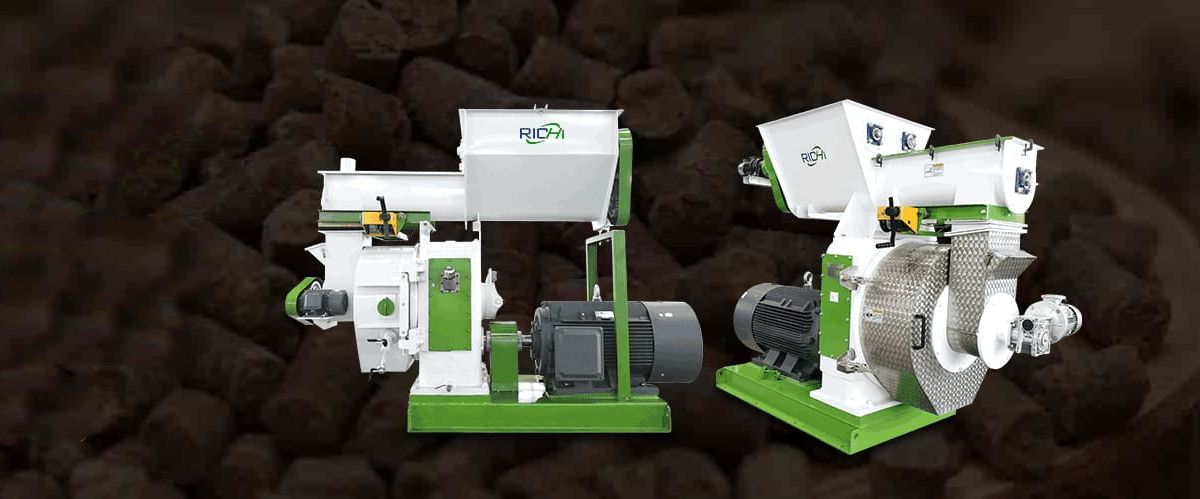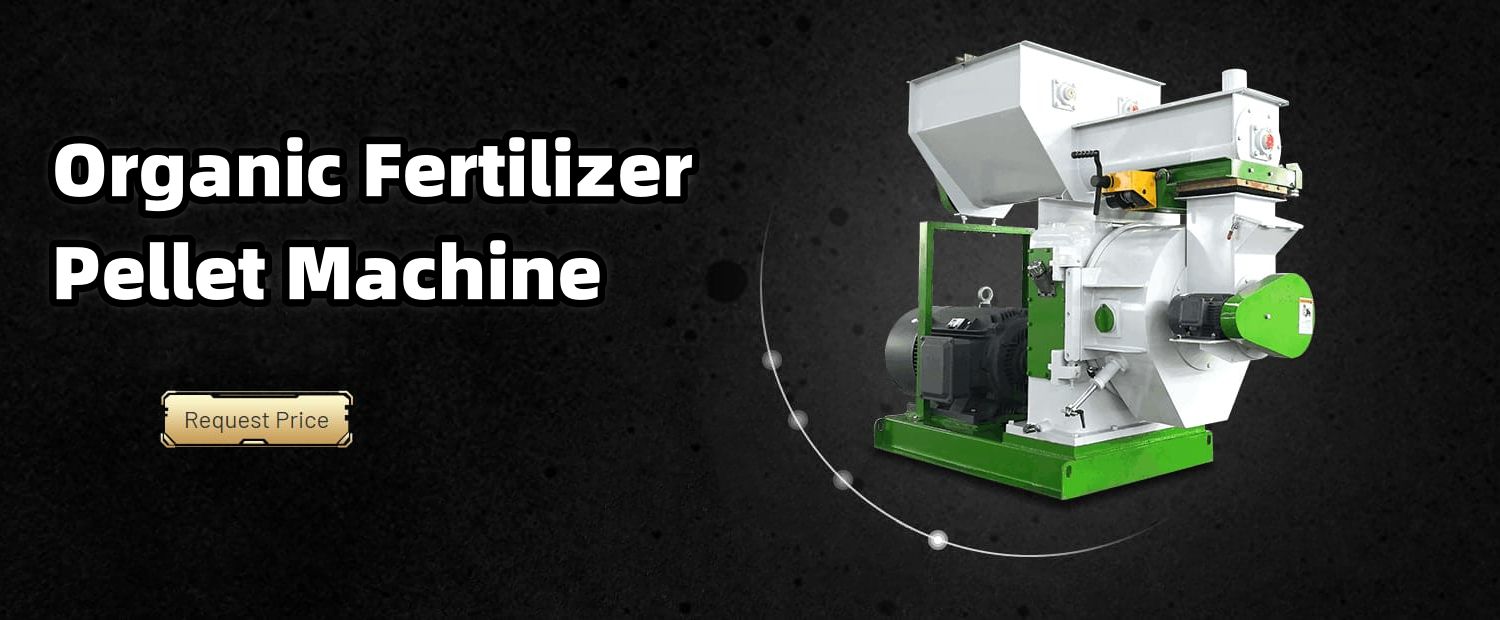In the expanding pet care industry, cat litter has become essential for millions of feline owners worldwide. With increasing demand for high-quality, eco-friendly, and cost-effective cat litter, many entrepreneurs and businesses are exploring manufacturing their own products. Central to this endeavor is the cat litter making machine—a specialized piece of equipment designed to convert raw materials into absorbent, odor-controlling litter.
Choosing the right cat litter making machine is crucial as it significantly impacts the success and profitability of your cat litter business. With a wide array of options available, several factors must be considered to ensure the selected machine meets specific production requirements, goals, and quality standards.
Production Capacity and Scalability
One of the primary considerations when selecting a cat litter making machine is its production capacity. Assess your anticipated demand for cat litter and choose a machine capable of meeting current needs while allowing for future growth. Machines with modular components or options for expansion facilitate scalability, avoiding the need for costly equipment replacements or upgrades.
Raw Material Compatibility
Cat litter can be produced from various raw materials such as clay, wood shavings, paper, corn, wheat, and other plant-based materials. Ensure the chosen machine can efficiently process the specific raw materials intended for use. Different materials may require preprocessing, like drying, grinding, or sifting, before they can be effectively processed by the machine. Additionally, some materials may possess unique properties necessitating specialized equipment or settings to achieve the desired litter consistency and absorbency.
Litter Type and Specifications
Cat litter comes in diverse forms, including clumping, non-clumping, scented, and unscented varieties. The type of litter you intend to produce will influence the selection of your cat litter pellet machine. Some machines are specifically designed for producing clumping litter, while others are better suited for non-clumping varieties. It’s essential to ensure the machine can consistently produce litter that meets specified granule size, density, and absorbency standards, directly impacting product quality and performance.
Energy Efficiency and Sustainability
Considering increasing environmental awareness among consumers, it’s crucial to assess the energy efficiency and sustainability of your cat litter making machine. Opt for machines equipped with energy-saving technologies like variable frequency drives or heat recovery systems to minimize operational costs and reduce carbon footprints. Furthermore, evaluate the machine’s capacity to process eco-friendly raw materials, such as recycled paper or plant-based alternatives, aligning with growing demands for sustainable and environmentally responsible products.
Automation and Control Systems
Modern cat litter making machines often incorporate advanced automation and control systems to ensure consistent product quality and operational efficiency. These systems monitor and adjust parameters like temperature, pressure, and feed rates, optimizing the production process. Evaluate the level of automation and control provided by different machines, prioritizing user-friendly interfaces and comprehensive training programs to minimize human error and enable effective management and monitoring of production processes.
Related post:https://www.pellet-richi.com/special-waste-pellet-production-line/1-2tph-cat-litter-production-line-in-indonesia.html
Maintenance and Support
Similar to any industrial equipment, cat litter making machines require regular maintenance and occasional repairs to ensure peak performance and longevity. When selecting a machine, consider the manufacturer’s reputation for quality, availability of after-sales support, spare parts, and technical assistance. Reliable maintenance and support services minimize downtime, mitigate the risk of costly breakdowns, and ensure continuous optimal machine operation. Additionally, inquire about available training programs and comprehensive documentation to equip maintenance staff with necessary skills and knowledge.
Integration and Scalability
If integrating the cat litter making machine into an existing production line or facility, ensure compatibility with current systems, infrastructure, and evaluate factors such as footprint, utility requirements, and communication protocols for seamless integration. Assess the machine’s scalability and potential for future expansion, anticipating increased production capacity or incorporation of additional processing steps as business demands grow.
Budget and Financing
Finally, consider budget constraints and explore potential financing options when selecting a cat litter making machine. While initial investment in high-quality equipment can be substantial, it promises long-term returns through enhanced efficiency, reduced maintenance costs, and consistent product quality. Investigate various financing options such as leasing, loans, or equipment financing programs to spread investment over time, effectively managing cash flow. Additionally, conduct a thorough analysis of long-term return on investment, considering benefits like energy efficiency, waste reduction, and increased productivity.
By meticulously evaluating these key factors and conducting comprehensive research, you can make an informed decision when choosing a cat litter pellet making machine that aligns with your business objectives, production requirements, and quality standards. Investing in the right equipment not only ensures the success of your cat litter business but also supports the growth of a sustainable and environmentally friendly pet care industry.










